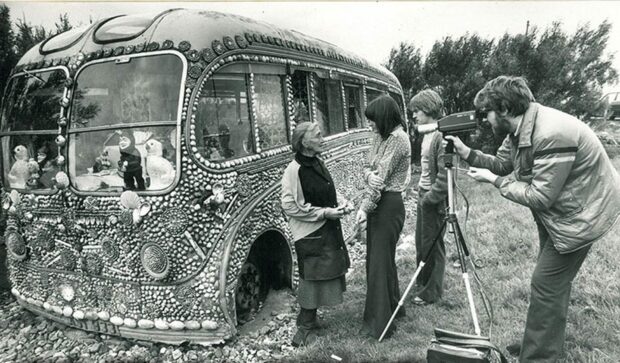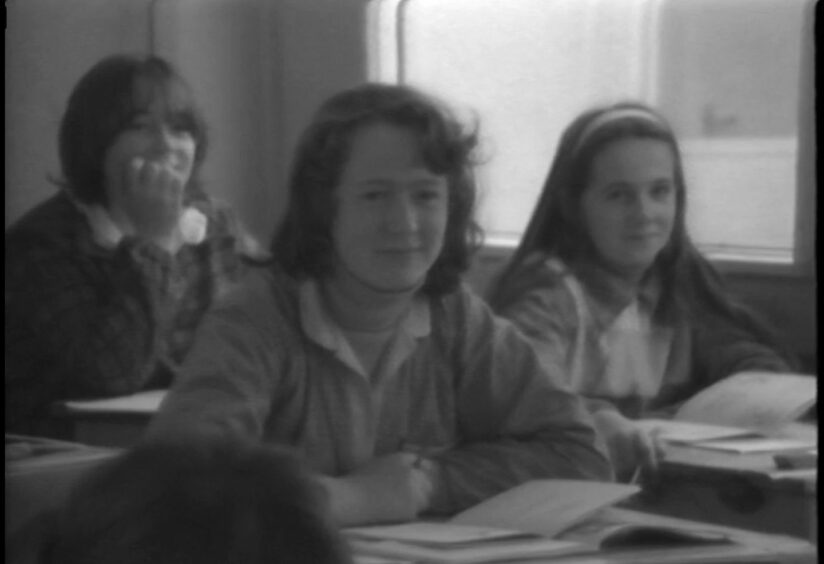More than 100 videotapes documenting life on the Outer Hebrides in the late 1970s have been digitised as part of the Cinema Sgìre project.
The project aims to make island heritage accessible to modern islanders and audiences and tracks island life from October 1977 until March 1981.
Based mainly on Barra and Uist, the films housed at the Museum nan Eilean are obsolete by today’s modern standards and need to be digitised.
In 2020, the collection was donated to the Moving Image Archive, part of the National Library of Scotland.
A joint venture between the museum and the archive has now brought the tapes and their contents up-to-date and are available to view online.
‘Gaelic’s rich culture and heritage’
The tapes show communities in the Outer Hebrides experiencing everyday life as islanders and some of their traditional practices, which have waned in this modern world.
These include techniques for tweed weaving, blacksmithing in Ness and discussion of current affairs of the day.
Organisers hope the project will bring communities together to share memories of past lives and allow anyone involved in the original project to help identify key aspects in the tapes.
Local film company UistFilm, which was tasked with cataloguing the videotapes, will hold screening events at community venues across the Outer Hebrides in both English and Gaelic.
Shona MacLennan, chief executive of Bòrd na Gàidhlig, who funded the project, said: “We are delighted to support this important project and these resources which will be invaluable.
“The project will benefit us all, the communities which were recorded and those who are interested in learning about them, and they add to Gaelic’s rich culture and heritage.”
The first screening to launch the project will be held in Talla an Iochdair, South Uist on Thursday April 27, at 7pm.


Conversation